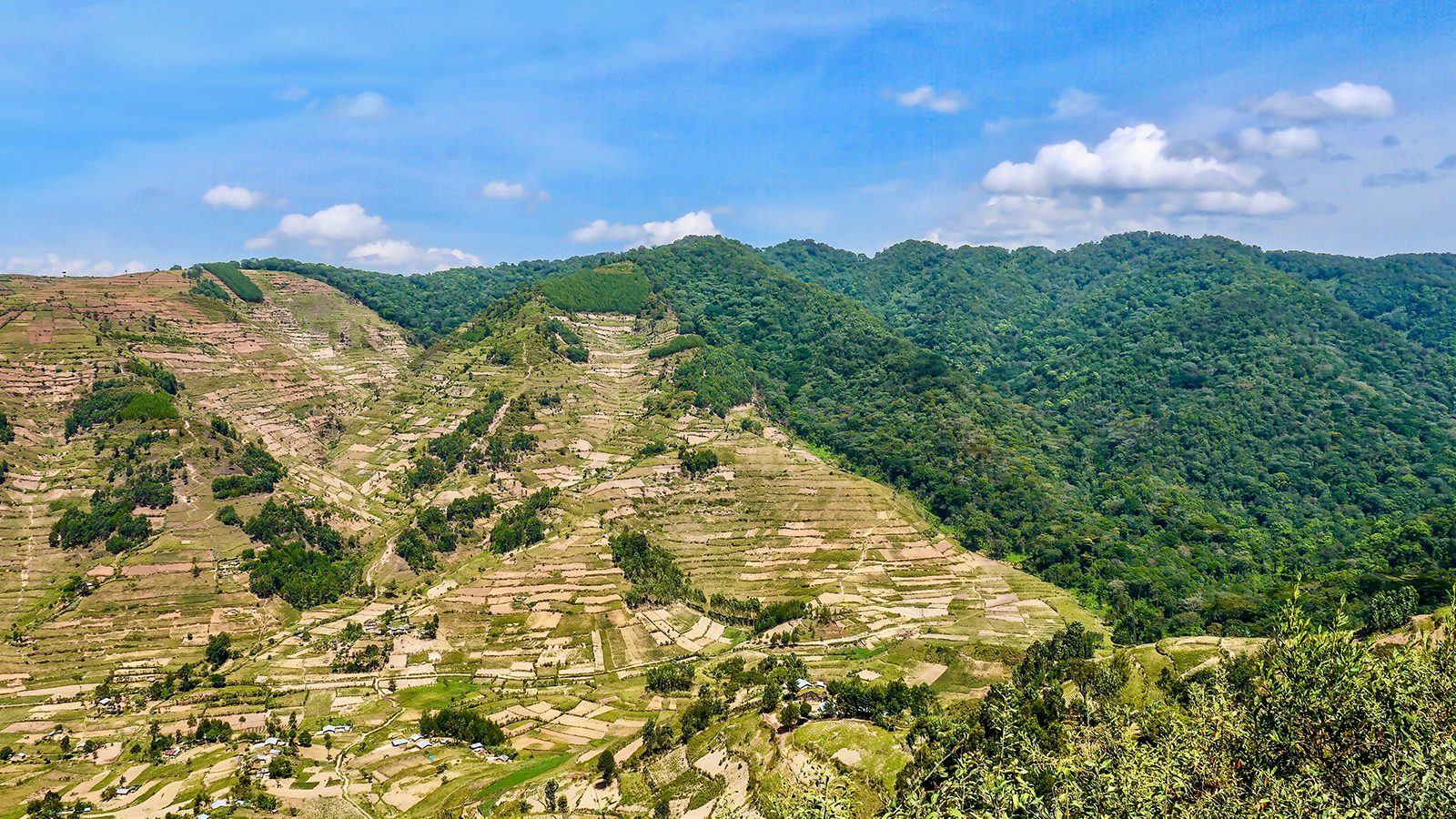Deforestation rates have risen dramatically in the last century due to the population explosion and agricultural developments. To put this into perspective, half of the global forest loss occurred from 8,000 BC to 1900. The other half occurred only since the turn of the century.
You would think that with over eight billion people on the planet, sprawling urban populations cause the most significant deforestation. However, cities account for just 1% of worldwide habitable land; agriculture far surpasses urban land use regarding forest loss. In the last 10,000 years, humans have destroyed one-third of global forests due to agricultural land expansion. That equates to an area twice the size of the U.S., with most losses occurring in tropical forests.
Revealing the Harm of Deforestation
As awareness about the climate and biodiversity crises grows, leaders worldwide have started brainstorming solutions. Reversing or slowing down deforestation won’t solve all our problems, but it’s a step in the right direction. We need trees to survive as they provide the oxygen we breathe and absorb carbon in the air.
They also play a crucial role in reducing flooding and balancing weather systems. Finally, they have a natural air purifying effect which can help immensely with global pollution. Without trees, we wouldn’t exist, so protecting this precious resource is in our best interest.
Unfortunately, the UN estimates that we’ve lost 13 million hectares of global forest annually since 1990. Most of the deforestation occurs in tropical forests in Brazil, Indonesia, and the Democratic Republic of the Congo. However, losses have also been reported in temperate and boreal forests in the US, Canada, and Russia. While the latter contains the largest area of natural forests globally, the country has led the way in deforestation since 2000.
Still, we shouldn’t feel hopeless about tackling forest loss globally. In fact, 2021 research found that almost 59 million hectares of forests – roughly the size of France – have regrown since 2000. The greatest gains have occurred in the Atlantic Forest in Brazil, where an estimated 4.2 million hectares have been regenerated.
While countries have made significant progress in restoring forests, many areas still face threats from habitat loss. Ecologists and governments worldwide have come together to solve one of humanity’s most pressing problems. They’ve come up with several solutions that could help slow down deforestation and climate change.
Five Ways to Tackle Deforestation
1. Give power back to the people.
Industrialized nations have benefited immensely from the destruction of nature, economically speaking. As their populations boomed, forests disappeared to accommodate houses, roads, and other modern infrastructure. Resources began to dwindle, so they turned to poorer countries to provide more food and fuel.
However, many Western countries have taken an authoritarian approach to obtaining these vital resources. In particular, they want to control how developing nations utilize their forests, not considering how this impacts local citizens. For example, cocoa farmers in Ghana must adhere to strict guidelines when trading with the EU. They can’t even cut trees on their land without special permits; if they violate this policy, they’re accused of illegal logging.
So, giving power back to local people can slow down deforestation rates because they intimately understand how to care for nature. If they have a stake in the economic benefits the trees can provide, they will have even more incentive to adopt sustainable practices.
2. Call on indigenous populations for conservation practices.
Another effective strategy to tackle forest loss involves giving indigenous people more control of the land. A 2021 study found that deforestation rates on Indigenous lands are far lower than in non-protected areas. The researchers found that tree-felling declined by 20% in regions managed by indigenous communities. In some cases, native lands had even lower tree loss rates than national parks.
Since indigenous cultures have historically been remarkable stewards of the land, it only makes sense to call on them for advice. We could learn much from their ancient wisdom and spiritual connection to the Earth.
3. Ban unsustainable products from grocery stores.
Stopping forest degradation isn’t just about allowing local populations to control the land. It also involves taking stock of what we need to survive rather than what we desire. We could prevent most deforestation by using our resources wisely and doing away with greed. Also, we should adopt a more sustainable farming approach, particularly with beef, soy, palm oil, cocoa, coffee, and wood fiber. These seven commodities cause most of the global forest loss attributed to agriculture.
If governments can pass policies to ban unsustainable versions of these products, it could significantly lower deforestation rates. Also, rewarding eco-friendly companies and products with lower tax rates and subsidies would have a positive environmental impact.
4. Reduce global meat consumption.
One of the largest drivers of deforestation is global beef consumption since raising animals for food requires vast swaths of land. However, a 2022 study discovered that reducing beef intake by 20% globally could halve forest destruction rates. If we cut back on all forms of meat, it would have an even more enormous impact on the planet.
Farmers in the global south must clear massive land areas for growing soy for livestock feed. By reducing meat consumption, more land would remain for less intensive food products. It would also help to consume more local foods to put less pressure on the global food system.
5. Put more pressure on governments.
Even if citizens worldwide united to tackle climate change, it wouldn’t matter without government support. Governments have made considerable strides to restore harmony with nature, but we still face numerous threats from a warming planet. Focusing more on implementing green, progressive policies rather than just passing them would immensely help the fight against climate change.
For example, when Luiz Inácio Lula da Silva became president of Brazil in 2003, he enforced strict tree-felling policies. As a result, deforestation rates declined for five consecutive years. A combination of robust government action and lifestyle changes can help combat forest loss and other drivers of global warming.
Final Thoughts on How to Stop Deforestation
Deforestation rates have risen exponentially over the last century. While some areas of the globe have seen improvements in land management, others have declined even further. In the face of climate change, humanity must unite and do whatever it takes to protect the planet. We can reduce environmental damage by adopting indigenous practices and giving power back to local populations instead of corporations. Also, reducing global meat consumption, banning unsustainable products from supply chains, and demanding government action can help forests recover.




















